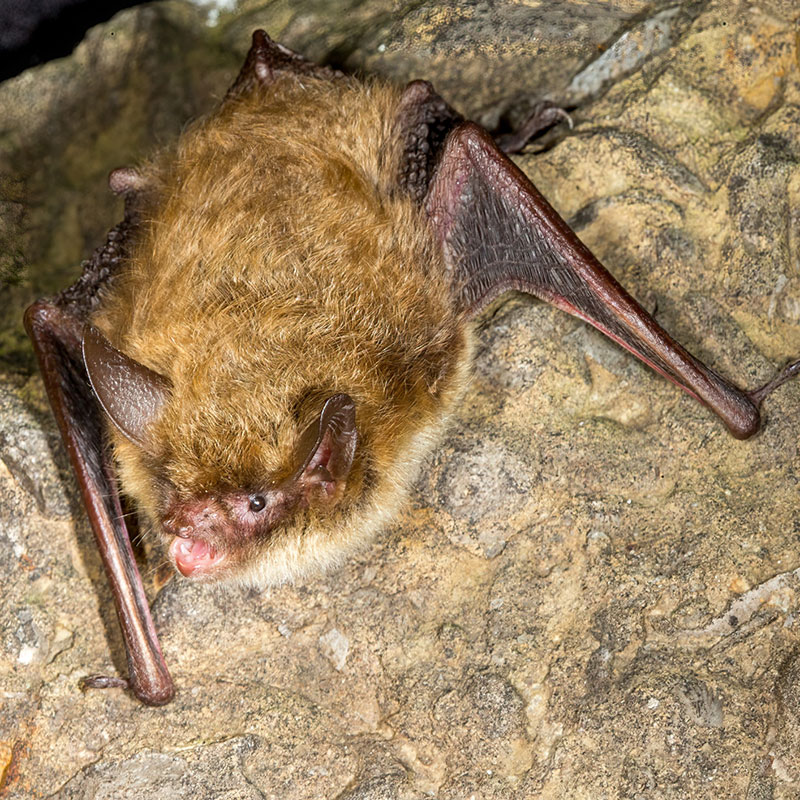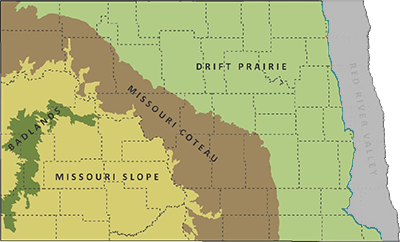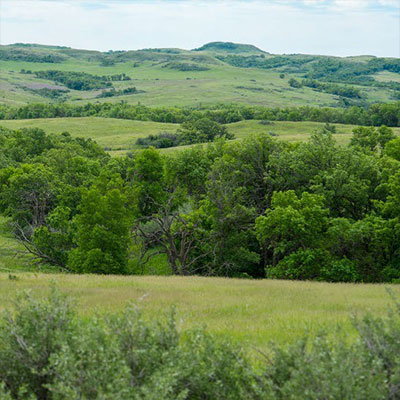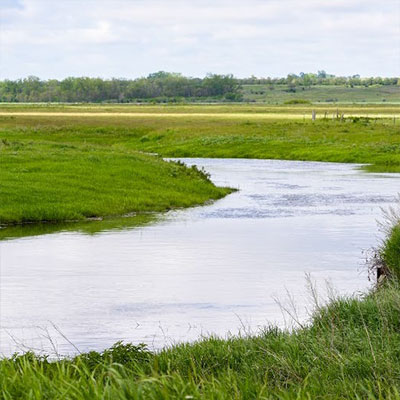Northern Long-eared Bat

Adobe Stock
Small bat. Fur generally brown in color. Ears and tail are longer than other myotis species of its size. Tragus also longer than similar sized bats, such as the Little Brown Bat.
Status in North Dakota
Seasonal as no hibernacula have been identified for this species in the state.
Reason for SWAP Designation
Rare to the state.
Listed as Endangered under the Endangered Species Act.
A significant loss of individuals to White-nosed Syndrome in throughout its range is its greatest threat.
Threats
White-nose Syndrome is a significant threat to this species.
North Dakota bat species are insectivores.
The use of pesticides in the vicinity of a feeding ground would affect bat populations by killing prey.
Also, bat species are known to store pesticides within fat reserves.
Wind turbines have been identified as a source of mortality to bats.
Indiscriminate killing due to a negative public perception has been identified as a possible threat to this species.
Research and Monitoring
- Bat species are monitored acoustically using North American Bat monitoring protocol.
- Bats are also monitored with mist nets by a number of partners in the state.
Management Recommendations
- Protection and restoration of riparian habitat.
- Manage riparian habitats to maintain snags, connecting corridors, and edges.
- Maintain and improve seeps, ponds, and other wet areas as water sources.
- Education on the benefits and misconceptions about bats.
- Determine and protect nursery and hibernation sites.
- Provide roosting sites in areas where natural sites have been destroyed or disturbed.





